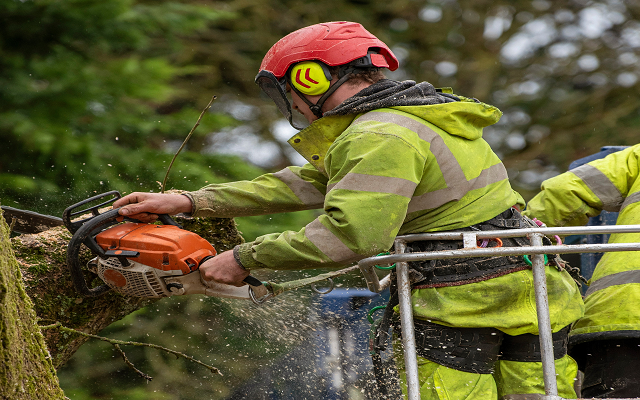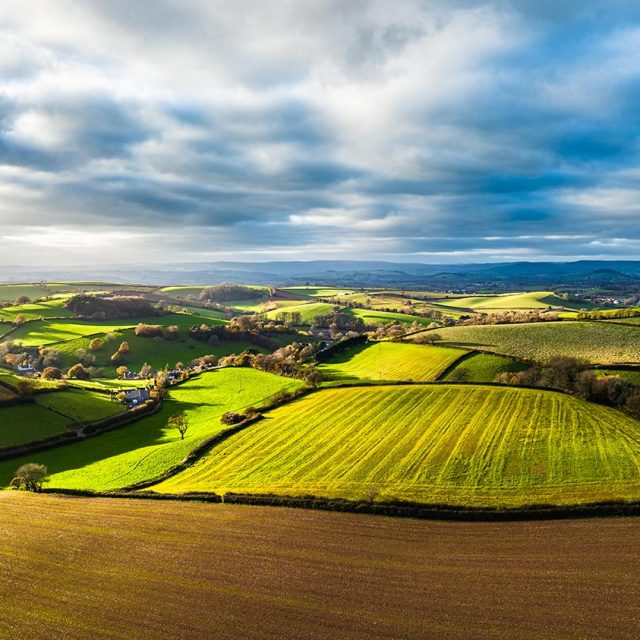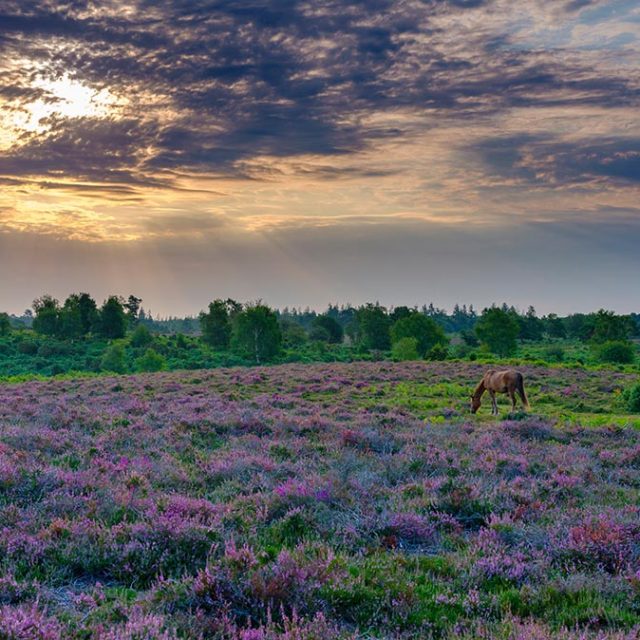Opportunities and risks for the rural sector in 2024
Our annual London Land & Property Briefing saw experts from Strutt & Parker’s Rural team share their insight on the risk factors and opportunities facing landowners and land managers as we head into 2024.
Here is a roundup of some of our key messages:
The pace of change in the rural sector has sped up
Rhodri Thomas, Head of Rural
“The pace of change has stepped up in the rural world. Those at the helm – or advising – estates and farming businesses are facing a quagmire of new policy and legislation. Layer on pressures like more extreme weather and greater market volatility and the picture gets all the more complex. However, I am a firm believer that opportunities abound for those businesses which are prepared to tackle the complex and often nuanced issues they face, ask difficult questions and take decisions accordingly.”
The economic backdrop remains challenging
Jason Beedell, Rural Research Director
“Landowners and farmers are facing a challenging economic background of high inflation and higher interest rates, with current market pricing pointing to interest rates remaining above 4% until at least the end of 2025. Land managers are also facing a challenging environmental background, with data from the latest UK State of Nature report highlighting we are facing a biodiversity crisis alongside the climate crisis. On the social side, there are concerns about the availability of some rural services and the impact on local communities. If this sounds gloomy, the good news is that rural estates have the unique ability to make a positive contribution to their local economy, environment and society.”
A new approach to risk management is needed
Jonathan Armitage, National Head of Farming
“We are operating in a noisy, risky, confusing, yet exciting business environment at the moment. Farmers have seen a wide fluctuation in profits over the past three years and the future is looking increasingly challenging with businesses facing the removal of Basic Payments and increased levels of risk. Farming is a capital-intensive business and the level of working capital required has increased significantly because of input cost inflation. At the same time, we have weather extremes, geopolitical influences on commodity prices, as well as problems with input availability. So we need to really carefully consider the best allocation of our resources and how we manage risks in terms of cropping and land use decisions.”
There are lucrative opportunities in the renewable energy sector
Kathryn Donkin, Head of Lewes Office
“Renewable energy presents opportunities for landowners and land managers to create new, lucrative income streams from their land. Rents of rent of £1,000-£1,350/acre, or 5.5% of the annual turnover, are achievable for large-scale solar sites. Battery storage schemes are also becoming more prevalent with rents of up to £2,000/MW being offered, which equates to £50,000/acre. There are, of course, important considerations to be factored in, such as the long-term use of the land and how best to manage both the income generated and the tax implications. Schemes will also rely on grid connections and planning permission. Given most grid connection dates are currently being set for around 2030, there is likely to be a six-to-seven-year period before any rental income could be realised.”
Prudent investment is key to maximise profitability of let housing
Laura Olliff-Lee, Head of Salisbury Office
“Whilst the rental market remains strong and there are opportunities to generate income there is no denying that the challenges and legislative framework around being a residential landlord are increasingly demanding and this only looks set to continue. Fundamental to being a successful residential landlord are an organised and planned approach, a sensible attitude to ongoing investment and diligence around compliance. There are several opportunities to maximise profitability. Regular rent reviews is one, but prudent investment is probably the largest opportunity – both in increasing rents and capital values, but also in reducing property running costs. In the past 18 months we have seen tenants assessing the affordability of running costs as equal to their commitment to rent.”
Social value will become increasingly fundamental to future strategy
Laura Olliff-Lee, Head of Salisbury Office
“In the same way that we have seen a rising tide in the past five years of a wish to demonstrate and quantify the benefit that rural estates bring to their environment, so we believe that the issue of social value contribution is gaining momentum. There is a very basic starting point where estates would be well advised to start understanding the benefits and sometimes innocuous seeming value that they bring to their local communities. Something as simple as hosting the village bonfire night or perhaps providing car parking for church events. These seemingly small actions will all add up and, as ever, the starting point will be in understanding what social value is already being delivered, to plan how best to enhance it and harness it.”
Understand where the opportunities lie with natural capital
Alex Brearley, Head of Forestry and Natural Capital
“One of the best ways to increase natural capital on estates is to ensure existing woodlands are being managed. A well-managed woodland can be productive for timber and firewood income, achieve tax benefits, but can also deliver a significant increase in biodiversity. There is also a very strong case for new woodland planting. We have seen the value of woodlands increase over the recent past. Commercial forests, in particular, have doubled in value since 2018 realising significant returns for landowners. Smaller broadleaf woodlands are also selling for high prices, often associated with lifestyle purchases.”
Farmland remains a safe and steady asset, but the market is slightly cooling in some regions
Matthew Sudlow, Head of Estates & Farm Agency
“The value of arable farmland has risen by 29% over the past 10 years and by 350% over the past 20 years. Since 2000, arable farmland has outperformed the commercial and residential property sectors, and equities, delivering an annualised capital return of 7.8%. The average value of arable land has broken through £10,000/acre in the past year, due to an undersupplied market, compared to the level of demand. However, there are signs that the cycle of growth in the land market might be cooling in some regions and the small increases in market supply we have seen in recent months may continue into next year.”
Whole estate planning can be the key to unlocking development opportunities
Tom Stanley, Head of Planning and Development
“Permitted development rights – such as Class Q and Class R – remain a useful way to convert properties into alternative uses, which can yield a good rental income. We are anticipating some changes next year to the thresholds under Class Q and Class R, which could open up new opportunities for landowners. For estates with strategic land, there are three types of development defined through the local plan process. The first is a ‘typical’ allocation, which would be for around 150 units, the second is a ‘major’ allocation, which would be for 500 units plus, built over a period of some years, and the final option is for a garden village/town designation. The rewards can be excellent, although bringing forward schemes can be very expensive which makes it prohibitive for some landowners. However, undertaking a whole estate planning strategy can be a valuable tool, identifying ways to facilitate a larger development.”
For more on the opportunities and risk facing land managers in 2024, read the latest issue of Land Business magazine.






